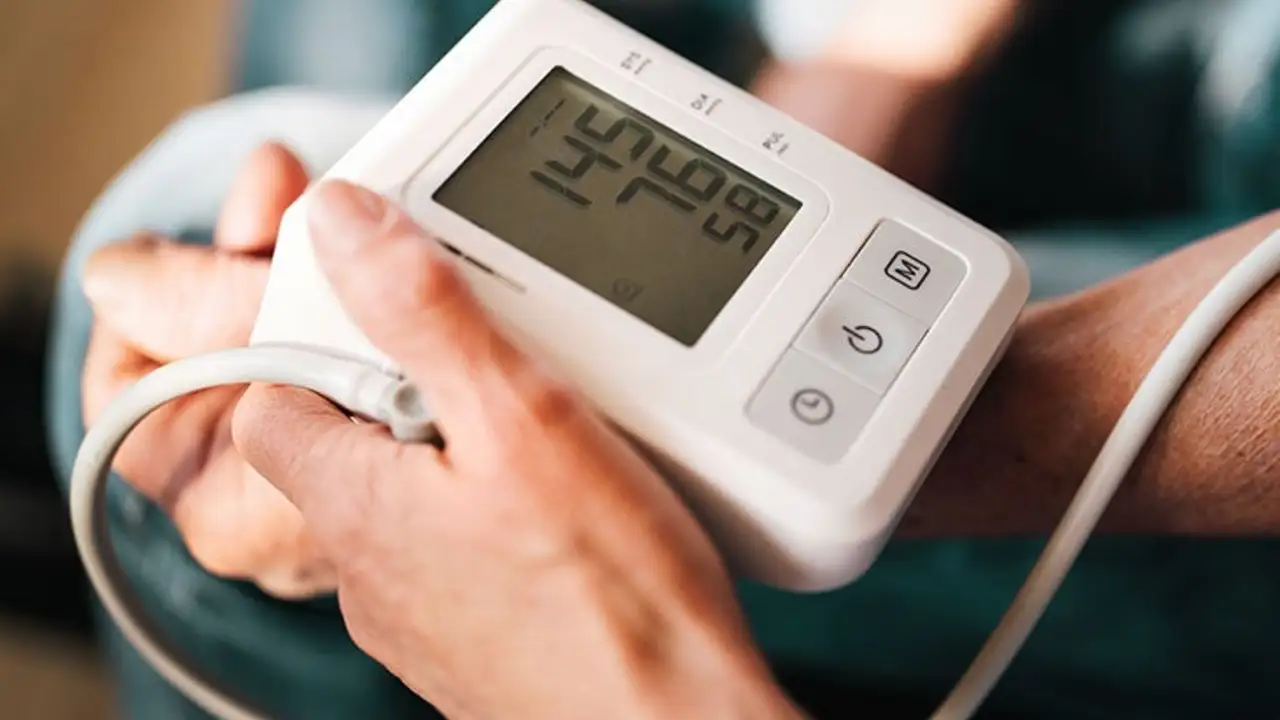Hi there! It's always a journey, managing my blood pressure with enalapril-hydrochlorothiazide. In this post, I'm sharing my experiences and tips on how we can overcome common challenges faced during treatment. From dealing with side effects, to maintaining consistency with our medication, let's explore solutions together. Join me in navigating our health journey with a positive attitude.
Overcoming Enalapril‑Hydrochlorothiazide Challenges
If you’ve been prescribed the Enalapril‑Hydrochlorothiazide combo, you’ve probably noticed it works well for many people but can also bring a few annoyances. Cough, low potassium, or feeling dizzy after a dose are common complaints. The good news? Most of these issues can be eased with a few everyday changes and some smart monitoring.
Common Issues With Enalapril‑Hydrochlorothiazide
Enalapril is an ACE inhibitor that relaxes blood vessels, while Hydrochlorothiazide is a thiazide diuretic that helps your kidneys get rid of excess salt and water. Together they lower blood pressure, but the mix can cause:
- Cough or throat irritation: ACE inhibitors sometimes trigger a dry cough.
- Low potassium (hypokalemia): The diuretic pushes potassium out of your cells.
- Dizziness or light‑headedness: Especially after standing up quickly.
- Increased urination: More bathroom trips, especially early in treatment.
- Skin rash or itching: Rare, but can happen.
Knowing what to look for helps you act fast before the problem gets bigger.
Practical Steps to Manage Them
1. Stay on top of your potassium. Eat potassium‑rich foods like bananas, oranges, spinach, and potatoes. If your doctor says it’s safe, a low‑dose potassium supplement can fill the gap.
2. Time your doses smartly. Take the combo in the morning to avoid nighttime trips to the bathroom. If you feel dizzy, stand up slowly and give your body a moment to adjust.
3. Hydration matters, but don’t overdo it. Drink enough water to stay hydrated, but avoid large amounts right before bed. A good rule is to sip water throughout the day rather than gulping it all at once.
4. Track your blood pressure at home. A home cuff lets you see if the medication is doing its job or if you need a dose tweak. Record readings at the same times each day for consistency.
5. Talk to your doctor about cough. If the cough bothers you, your doctor might switch you to a different ACE inhibitor or an ARB (angiotensin receptor blocker) that’s less likely to cause that symptom.
6. Watch the salt. Since Hydrochlorothiazide makes you lose salt, cutting back on high‑salt foods can prevent low blood pressure spikes. Aim for fresh veggies, lean proteins, and homemade meals where you control the salt.
7. Keep a symptom journal. Jot down when you feel light‑headed, any rash, or changes in urination. This log makes doctor visits more productive and helps pinpoint triggers.
Most people find that after the first few weeks, their bodies adjust and the side effects fade. If problems persist, don’t just tough it out—call your healthcare provider. Small tweaks can make a big difference.
In short, the Enalapril‑Hydrochlorothiazide combo can be a solid tool for blood pressure control, as long as you stay proactive. Watch potassium, time your doses, hydrate wisely, and keep an eye on your numbers. With these habits, you’ll likely feel steadier, avoid the annoying side effects, and keep your heart happy.

